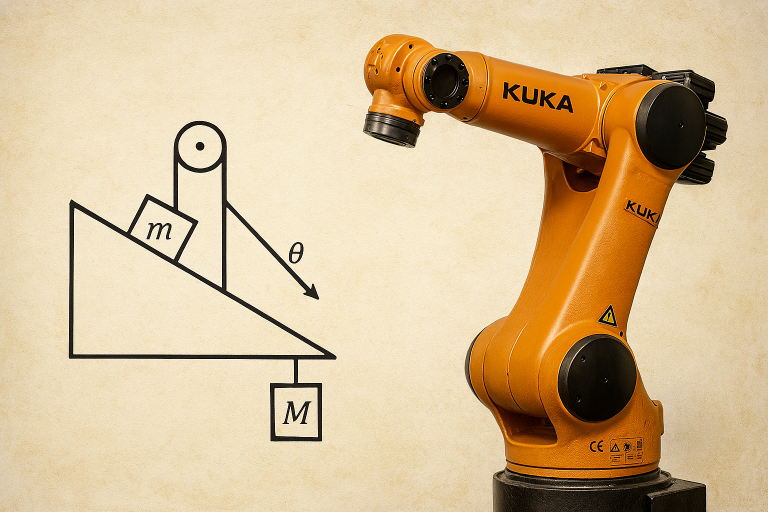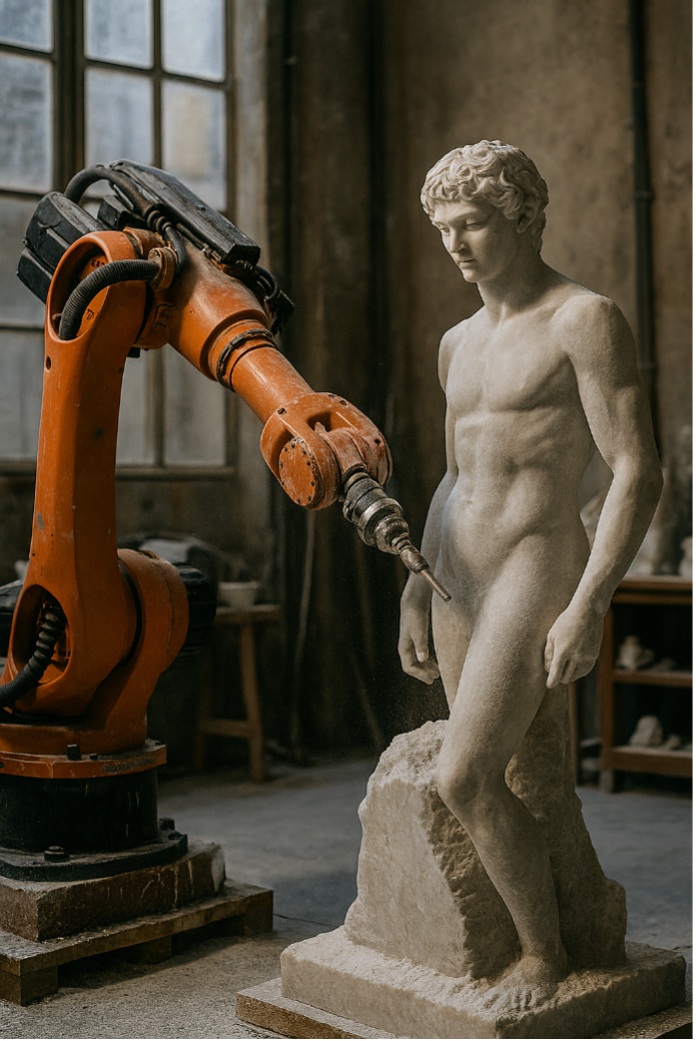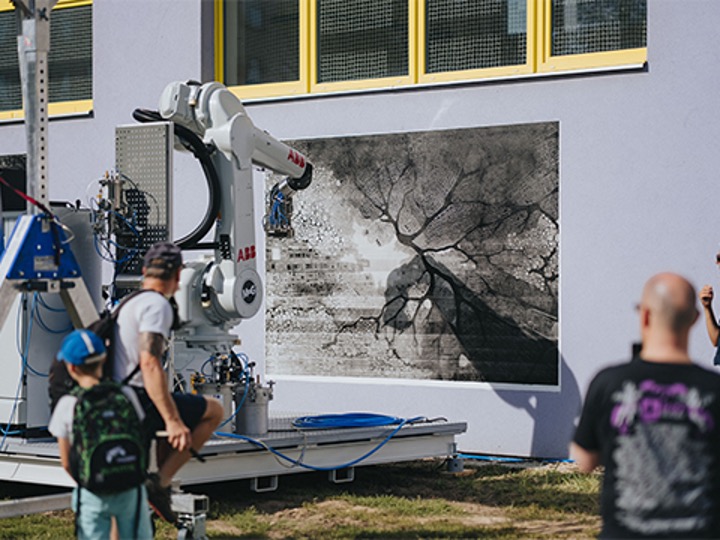The integration of robotic arms in various areas of art has marked a milestone in human creativity and has led to new forms of expression. Leading industrial robotics brands such as Kuka, ABB, Fanuc and Motoman have played a crucial role in this revolution. Its advanced technologies have allowed artists to expand the boundaries of creativity and explore new dimensions in the art world. In this article, we will explore the advantages that the integration of these robotic arms has brought to different areas of art.
- Robotic Sculpture
The robotic arms of Kuka, ABB, Fanuc and Motoman have revolutionized contemporary sculpture. Its precision and versatility allow artists to sculpt works of art of never before seen complexity and detail. Furthermore, the automation of certain processes has allowed the creation of large-scale sculptures in less time, which would previously have been an impossible task for a single individual.
- Automated Painting and Drawing
These leading robotics brands have enabled the creation of unique works of art through automated painting and drawing systems. Robotic arms can handle different types of brushes and techniques, producing visual effects and patterns that defy human capabilities. Furthermore, the repeatability and precision of these systems guarantee consistency in artistic creations.
III. Creation of Futuristic Muralism
Muralism has experienced a renaissance thanks to the integration of robotic arms into mural creation. These robots can tackle large surfaces, allowing artists to capture their vision on a monumental scale. The collaboration between artists and robots has also generated a unique synergy, where human creativity merges with the precision and efficiency of machines.
- Scenography and Theater Art
In the world of theater and stage design, robotic arms have allowed the creation of impressive and dynamic special effects. From choreographed set movements to instant set changes, these robots have added a new level of spectacularity to theater and film productions.
- Creation of Interactive Installations
The intersection between art and technology has intensified thanks to robotic arms. Artists can design interactive installations that respond to the audience’s presence, creating unique and immersive experiences. The precision of these robots allows for fluid and safe interaction, which has led to the expansion of the interactive art scene.
SAW. Digital Artistic Expression
Robotic arms have also been used to create digital art. They can translate data and algorithms into unique visual expressions, opening new doors for creative programming and the exploration of artificial intelligence in art.
Of course, over the years, numerous works of art have been created using industrial robots in the areas I mentioned above. Below are some examples of notable works in each of those categories:
Robotic Sculpture:
- Nigel ‘s Ballet Mécanique Ackland : Ackland used an ABB robotic arm to sculpt a series of metal sculptures, highlighting the combination of robotic movement and sculptural art.
- DOUG by Andreas Greim : Greim created a robotic sculpture called DOUG ( Drawing operation Unverifiable Ghost ), which uses a robotic arm to draw geometric shapes and lines on a paper surface, fusing robotic precision with human creativity.
Automated Painting and Drawing:
1.Portrait _ Painting Robot by Benjamin Grosser : This project uses a robotic arm to create oil portraits. The robot analyzes an image and paints the portrait using a technique similar to that of human artists.
2 . e-David from the University of Konstanz : e-David is a robot that paints oil paintings. Analyze the original image and paint with precision, applying strokes and layers of paint.
Futuristic Muralism:
- Massachusetts General Hospital Mural: An ABB robotic arm was used to create a mural that spans several floors in the hospital. The work represents the cycle of life and hope.
- Fanuc Mural in Detroit: Fanuc, one of the leading robot manufacturers, collaborated with artists to create large-scale murals in Detroit, transforming urban spaces with contemporary art.
Scenography and Theater Art:
- Spidercam in Broadway shows: The Spidercam system , which uses cameras mounted on industrial robots, has been used in Broadway theater productions to achieve impressive visual effects and quick set changes.
Creation of Interactive Installations:
- Rain Room Random International: Rain Room uses sensors and robotic arms to allow visitors to walk through the rain without getting wet. Robotic arms control the rain to create a unique interactive experience.
Digital Artistic Expression:
- Data Painting by Ben Fry : Fry has used algorithms and data visualization with the help of robots to create digital works of art that represent data in visually stunning ways.
These examples demonstrate how the integration of robotic arms into art has generated a wide range of creative possibilities, from sculpture and painting to the creation of interactive installations and digital artistic expression. These works challenge the limits of what is possible in the art world and demonstrate how technology can enrich artistic expression.
The integration of robotic arms from brands such as Kuka, ABB, Fanuc and Motoman has transformed the art world in unexpected ways. From sculpture and painting to mural creation and theatrical scenography, these technologies have allowed artists to explore new creative dimensions. The combination of the human mind and robotic precision has led to the creation of works of art that challenge traditional conventions and have enriched the artistic experience in all its forms. The integration of robotics into art is a testament to the infinite potential of human creativity when combined with technological innovation.
If you require more information, please don’t hesitate to contact us: we will be ready to help you.




